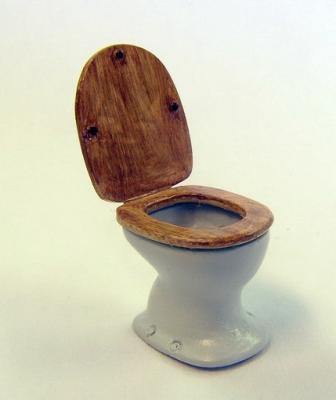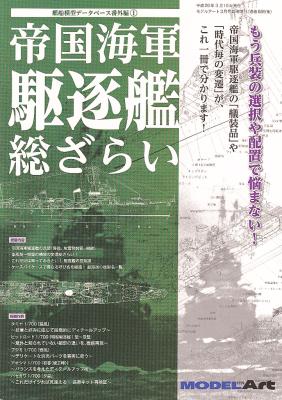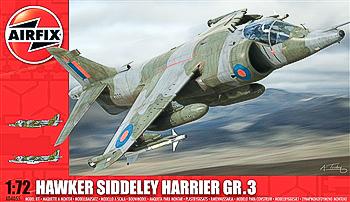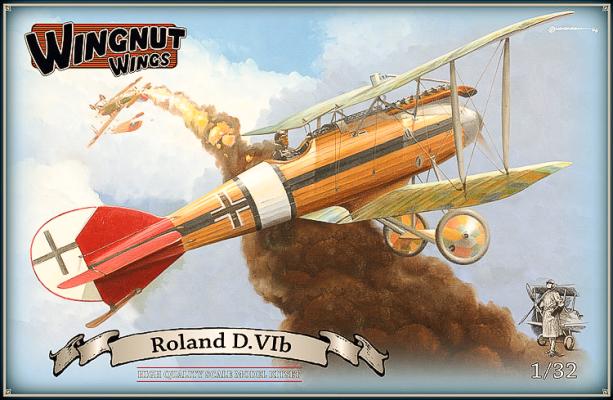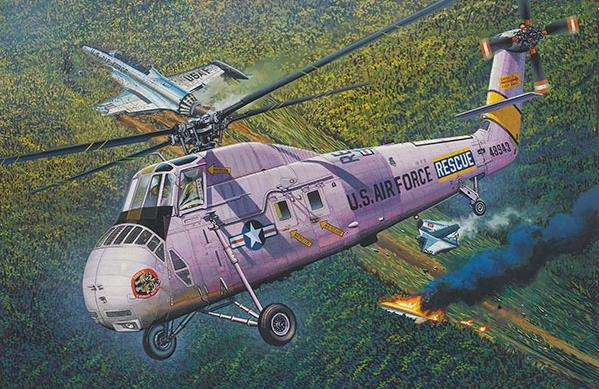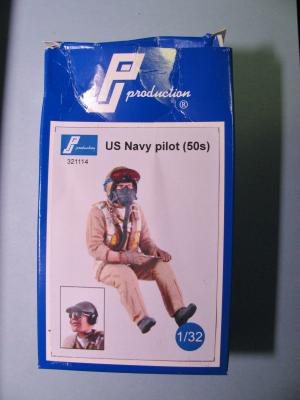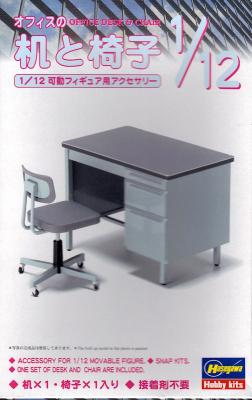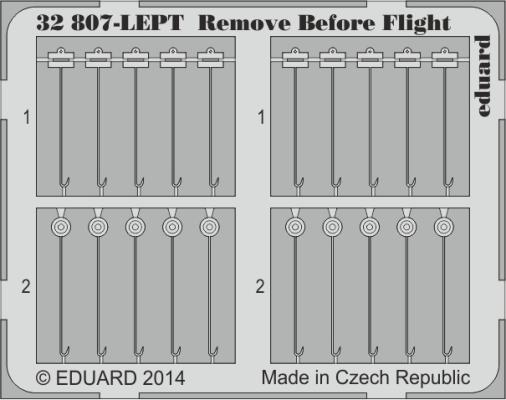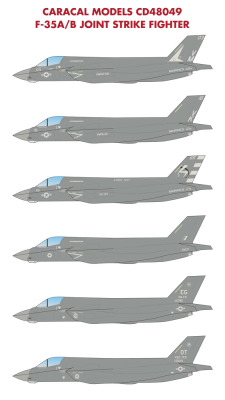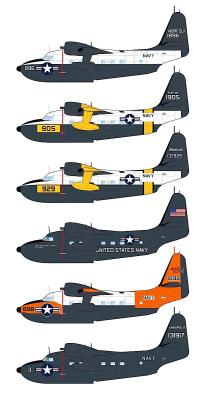Plus Model, out of the Czech Republic, makes some of the neatest resin pieces for dioramas. They range from full-size parts to lots of add-ons that are really interesting. And now they make a resin kit of a toilet bowl. Yup, it’s a toilet. This is brilliant. All those home dioramas, shops, etc., that I have seen built, and there is never anywhere for the little resin guys to do their business. Now there is thanks to Plus Model.
What's New
Model Art Magazine is a monthly publication covering aircraft, armor, ships and car modeling. Model Art began releasing magazines in 1966, and has evolved over the past forty-six years. They also release many special issues during the year, as is the case of this sample.
This issue covers IJN destroyers that were produced from 1918 - 1941. The classes include: Minekaze, Kamikaze, Momi, Wakatake, Mutsuki, Fufuki (Tokugata), Hatsuharu, Shiratsuyu, Asashio, Kagero, Yugumo, Akizuki, Shimakasze and Matsu. The magazine is broken down into ten sections.
Airfix’s 1/72 Hawker Siddeley Harrier GR.3 represents an important version of this aircraft, as recounted on the side of the box: “Developed in the 1960s as the first truly successful V/STOL combat aircraft, the Hawker Siddeley Harrier proved a revelation upon entering service in its earliest from, the GR.1. However, some improvements could be made and this came in the GR.3, which featured better sensor in the nose and tail, as well as a more powerful version of the Rolls Royce Pegasus engine. The GR.3 was the first of the Harrier variants to see combat, joining Operation Corporate, the re-taking of the Falkland Islands, engaging Argentinian Forces in ground attack missions. Replaced by the GR.5 Harrier II, the GR.3 proved itself to be a capable and successful aircraft.”
Introduction
Wingnut Wings’ latest release represents the Roland D.VIb, and follows their earlier release of the D.VIa. The D.VI was designed by LFG (Luft-Fahrzeug-Gesellschaft). The company’s name was changed to Roland in 1914 to avoid confusion with another aircraft company, LVG (Luft-Verkehrs-Gesellschaft). The D.VI first flew in November 1917. The D.VI was a single bay biplane which discarded the LFG/Roland patented semi-monocoque fuselage construction technique for a new method, Klinkerrumpf construction, where the fuselage was built by overlapping thin strips of spruce over a light wooden framework. This construction method resulted in a fuselage that resembles a small boat or a clapboard sided house. This detail was captured nicely by the Wingnut Wings designers. There were two variations of the D.VI. The D.VIa was powered by the 160hp Daimler-Mercedes D.III, and the D.VIb was powered by the 185ps Benz Bz.IIIa.
MRC-Academy's latest release from Gallery Models is the 1/48 scale HH-34J USAF Combat Rescue version of the H-34. Previous versions have included the USMC H-34 Chocktaw and the H-34 US Navy Rescue. This is the unarmed recue version and comes with markings for a USAF version as well as German SAR version. Both markings are primarily silver. The kit is primarily styrene but there are two nice photoetch frets for screens and smaller parts.
The build starts with the interior and the interior is complete and full length. Starting from the front, there is a full front engine compartment, a well done cockpit and full crew area. Behind this is the tail of the helicopter and it is ribbed and has its bulkheads. The engine is 40 parts alone and looks great when done. Watch alignment on this carefully- the engine exhaust protrudes through the side and if alignment is off a little, it will not line up with the doors.
This is the second PJ Production figure that I have had the pleasure of reviewing, and like the first, assembly was easy, with minimal part clean-up being required. The detail is reasonable for this scale, and the figure can be used with most early 1950’s U.S. Navy aircraft of this scale, as the pilot is outfitted in khaki clothing alone, and not wearing a G-suit that was to come. The only modeling skill required involves painting a figure; otherwise, I would recommend this as an item manageable by modelers of nearly any skill level.
One in a series of kits featuring “office furniture and school furniture”, this kit is the most difficult of the five “furniture” items recently reviewed. Even at that, the difficulty factor is very low. The “difficulty” focuses on the small parts found on the officer chair. Note in the attached images that each coaster on the chair is a single piece, and they are fairly small. Beyond the difficulty resulting from the small size of the coasters this kit, like the others in this series is “fit, snap, done!”
Hasegawa advertises that this kit does not require glue, and I found that to be true. I took the time remove the nubs after removing the parts from the sprues, but that was more out of habit than necessity. Those who are more advanced modelers will probably feel better if they remove the attachment nibs with a sanding stick, but it is not critical to the “fit” of the parts.
One gets parts sufficient for one desk and one chair.
Eduard has issued Remove before Flight tags before out of colored photoetch. This new set capitalizes on the new fabric material along with their photoetch components. This set is for 1/32 scale planes and has one sheet of fourteen fabric tags with two styles- one with a square end and one with a tapered end. The photoetch fret contains two types of attachment hangers.
Caracal Models has released a sheet for the 1/48 Kitty Hawk F-35. This decal set includes two sheets with markings for 2 USMC, one 1 US Navy, 2 USAF and 1 RAF aircraft for a total of 6 airframes.
The options on this decal sheet are:
- F-35B BuNo 168059, VMFAT-501, US Marine Corps
- F-35B BuNo 168718, VMFA-121, US Marine Corps
- F-35B BF-05, VX-23 Strike Test, US Navy
- F-35B ZM137, Royal Air Force
- F-35A 08-0746, 58th FS, USAF
- F-35A 10-5009, USAF
They all are in the “F-35 Gray”, which seems to be FS 36170. No manufacturers have that color in their line (as of April 2014) so you are recommended to use “Dark Slate Grey” as a close alternative. The decal sheet includes airframe stencils for one aircraft.
Caracal Models has released a sheet for the 1/48 Trumpeter Albatross SA-16A. This decal set includes three sheets with markings for a total of 6 airframes.
The options on this decal sheet are:
- US Navy UF-1 Albatross, NAS Norfolk
- US Navy HU-16C Albatross, NASU Naha, Japan
- US Navy HU-16C Albatross, NASU Iwakuni, Japan
- US Navy UF-1 Albatross, US Naval Attache to Oslo
- US Navy UF-1 Albatross, NAS Whidbey Island
- US Navy UF-1T Albatross, USNA - Annapolis
The selection of markings is excellent. From typical “utility” schemes, to SAR –with yellows and oranges, and even one that was used by the diplomatic corps in Norway, you will have one (or more) that you would like to use.
Being a Cartograf decal sheet you know you’ll get good quality, thin, and opaque decals. They are very glossy on the sheet and have very little transparent carrier film around them, minimizing the chances for silvering.

